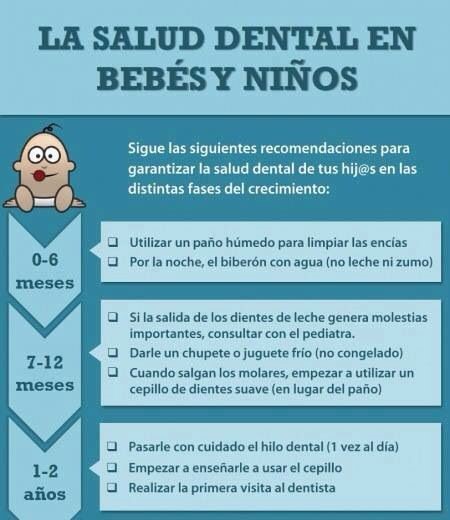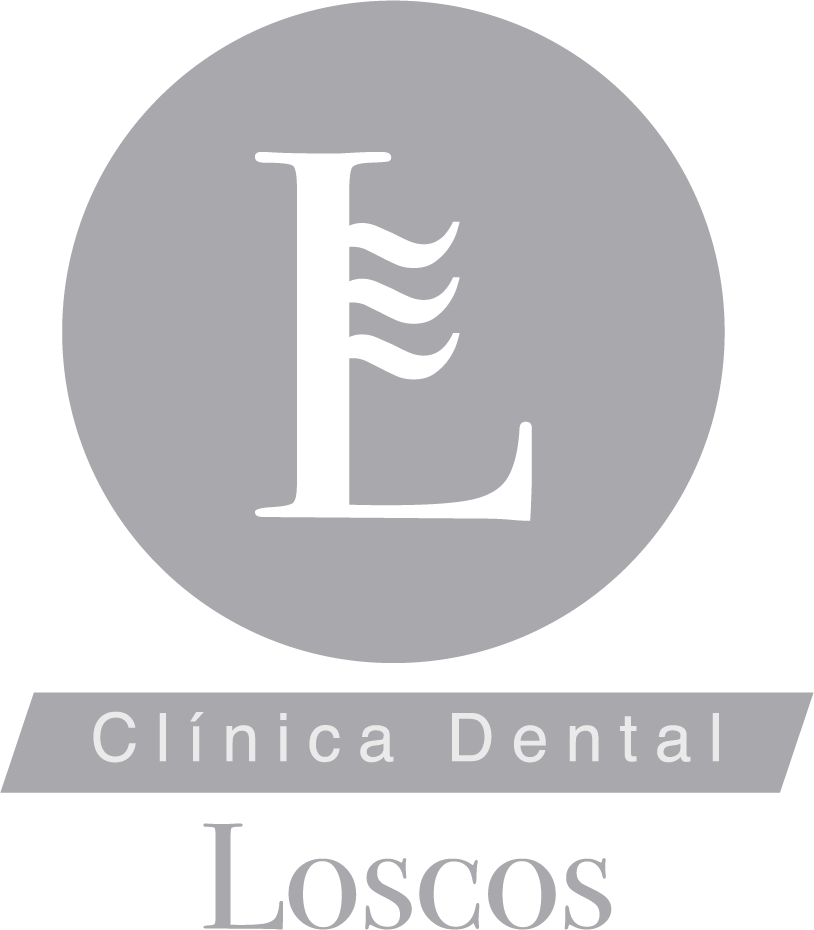Pediatric Dentistry
Dental health care for boys and girls
This part of the dental treatment is aimed at taking care of children’s teeth.
The main difference between regular dentistry and pediatric dentistry in the treatment of caries is the presence of temporary or milk teeth in children which causes the treatment to change, so that the lesions that occurred in the temporary dentition will be treated less conservative and more aggressive way than those that occurred in permanent teeth, to avoid that, in the worst case, an inadequate treatment could be given to a temporary tooth that would later affect its successor, the permanent tooth.
Stages of the child
From 0 to 6 months
Oral care must be done from birth, since breastfeeding is essential to help the development of the jaw.
The newborn presents physiologically the jaw delayed and small.
Through the movements performed during breastfeeding promotes the advancement and growth of the jaw.
From 6 to 18 months
During this stage the eruption of milk teeth begins, that is why it is of vital importance that the first visit to the pediatric dentist be made and the doubts about dental hygiene resolved during this period.
From 18 to 36 months
During this stage, the eruption of all the temporary incisors and molars must have occurred. In addition, at this age he had to abandon the pacifier and bottle. Also at this stage we started using the children’s toothbrush and the special paste for children.
From 3 to 6 years
In this period all milk teeth have erupted.
Once they have completely erupted it is good to go to the pediatric dentist to check if there is any anomaly or cavities and to teach brushing techniques.
From 6 to 18 years old
At this stage all permanent teeth will erupt, so it is important to raise the child’s awareness of the importance of hygiene and care of their teeth.

Precautionary measures
Fluorine
The application of fluoride through buckets or brush in children periodically and controlled by the pediatric dentist, has been shown to be an effective element to reduce tooth decay and enamel demineralization.
Sealed
It consists of the placement of material in the most retentive areas of the tooth, which are the pits and fissures, preventing the accumulation of bacteria and the subsequent development of caries.
Hygiene techniques
With a soft and special brush for children you should first brush the inside of the tooth as it is the area where more plaque accumulates and then the outer part. It is important that the brushing be supervised by the parents to verify that the child does it correctly.


